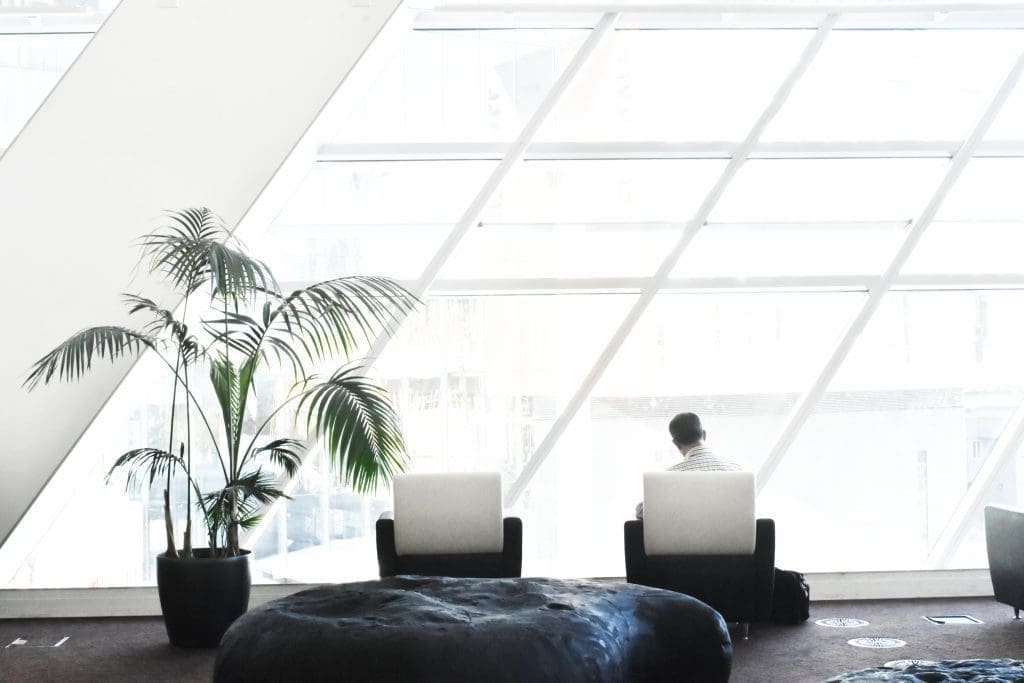Entering the Lebanese Cannabis Market Extra-Jurisdictionally
On 20 April 2020, the Lebanese Parliament passed a law permitting the cultivation, trade, research, and use of medical cannabis (the “Lebanese Cannabis Law”). Despite an emphasis on the use of cannabis for medical purposes, the Lebanese Cannabis Law permits the use of cannabis for “industrial” purposes as well, which many investors seeking to enter the market can benefit from.
The Lebanese Cannabis Law and Licensing
Article (1) of the Lebanese Cannabis Law states:
“All activities dealing with the cultivation of cannabis plants for medical and industrial use on Lebanese territory shall be subject to the provisions of this current law.”
Additionally, Article (2) of the Lebanese Cannabis Law defines “Cannabis Product” as:
“each product that includes hemp, including fibers for industrial use, oils, extracts and compounds used for medical, pharmaceutical and industrial purposes.”
With respect to the definition of “License” within Article (2) of the Lebanese Cannabis Law, the Law defines this as:
“Initial permission according to a decision by the Authority to cultivate a certain amount of cannabis plant for medical or industrial use with the processes that derive therefrom as per specific criteria and conditions, and within a controlled space.”
The “Authority” referenced is the Lebanese Authority for the Cultivation of Cannabis Plants for Medical and Industrial Use. This Authority will be responsible for granting license approvals and will act as the governing body for the medical and industrial cannabis industry in Lebanon.
Once the Authority commences operations, investors will be able to apply for one of the nine licenses available pursuant to Article (17) of the Lebanese Cannabis Law. However, investors can begin their operations immediately in order to get ahead of the Lebanese cannabis market, through one of the various jurisdictions where cannabis has already been legalized.
This will allow investors to commence operations and potentially apply under the five licensee types provided under Article 18 of the Lebanese Cannabis Law. Article 18(3) of the Lebanese Cannabis Law states that one of these licensee types is a foreign company, as follows:
“Foreign companies specialized in the field of agriculture, industry, storage, export or marketing, that have a license from the country to which they belong to carry out one of the operations specified in the license, and whom shall undertake foreign investment into Lebanon through manufacturing locally, in accordance with the mechanism specified in the relevant applicable laws.”
The Cannabis Market
Keep in mind, when comparing the cost of producing a gram of cannabis, the cost in Canada is USD 1; in Europe, more than USD 0.50; whilst in Lebanon, the cost is expected to fall between USD 0.18 and USD 0.20. It is also expected that the fertile landmass for the cultivation of cannabis in Lebanon would be beyond 6,000 acres. The conditions and natural factors of the climate, land, and soil in areas like Baalbek-Hermel are optimal to produce cannabis and increase the quality significantly. Lebanon will become one of the competing countries in the cannabis industry in cost, production, and quality.
The cannabis industry is growing rapidly, with annual market values expected to reach USD 30 billion by 2025; and with more nations legalizing the plant (for recreational and medical purposes), this value is growing by the day. This not only evidences the potential profits investors could generate from embedding themselves into the industry, but it also indicates the number of players currently dominating the global market. As such, investors wishing to make a significant impact in a short span of time can find themselves benefiting from tapping into the embryonic market of the Lebanese medical cannabis industry.
THC Levels in Industrial Cannabis
Moreover, when discussing the “criteria and conditions” for the cannabis plant, the Lebanese Cannabis Law does not specify said conditions but rather, stipulates that the rate of tetrahydrocannabinol (“THC”) in the cannabis plant will be “determined as the Authority decides based on international standards”.
There are currently 779 cannabis strains that have been named and recognized by the international cannabis industry. The internationally approved standard for the levels of THC in these strains for industrial use is 0.3%. The European Union and the United States permit a THC rate of 0.3% for industrial cannabis, with the European Union considering a cannabis plant with less than 0.3% of THC as an agricultural commodity; whereas Colombia permits a THC rate of 1.0% and Switzerland permits 1.5% for industrial cannabis.
Difference between Industrial Cannabis and Medical Cannabis
Industrial cannabis is technically from the same species of plant that is used for medical cannabis; however, it is from a different variety/subspecies. As mentioned above, industrial cannabis has low THC levels compared to cannabis specifically cultivated for medicinal use. The reason for the low THC content is that most THC is formed in resin glands on the buds and flowers of the female cannabis plant. Industrial cannabis is not cultivated to produce these buds; the focus is on the stalk which produces the fibers. These fibers are in turn used to produce an insurmountable number of products such as insulation for construction works, clothing, cosmetics and skincare, cooking oil, biofuel, and more.
On the other hand, medical cannabis is grown with the purpose of producing flowers/buds which are in turn are used to utilize THC or cannabidiol (“CBD”). These buds produce THC or CBD that contain enough of those cannabinoids and other compounds, such as terpenoids, to render them medically effective; this is known as the entourage effect. At higher levels THC can become psychoactive; however, the THC can be necessary to produce optimal medical effects.
Whereas industrial cannabis does not contain significant THC or CBD, medical cannabis does, as it can be a natural pain reliever, for anti-inflammatory properties, and used to treat many ailments such as arthritis, insomnia, anxiety, chronic pain, fibromyalgia, and epilepsy.
Conclusion
Both industrial and medical cannabis are multifunctional products that aid us in all spheres of life. However, we will have to wait and see what the Authority sets the THC levels of industrial cannabis at. Depending on the avenue investors want to take, they can either deal in industrial cannabis by selling cannabis with THC levels within the 0.3% range or medical cannabis with THC levels higher. Either way, both will result in substantial profits for the investors.

